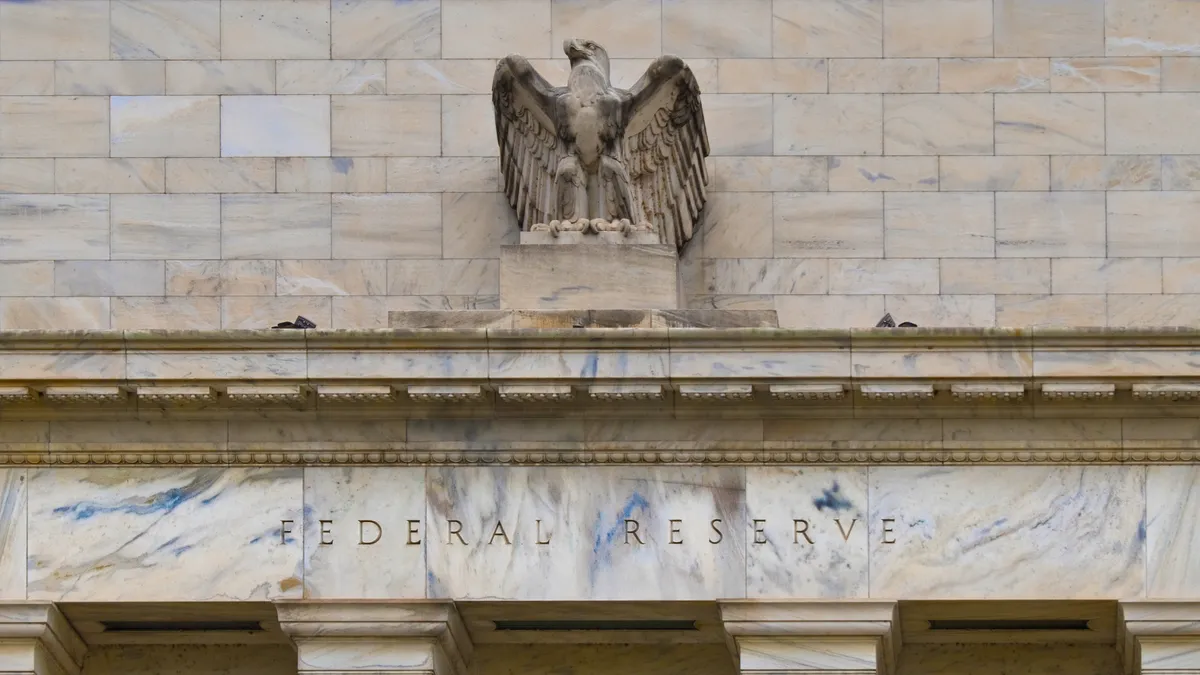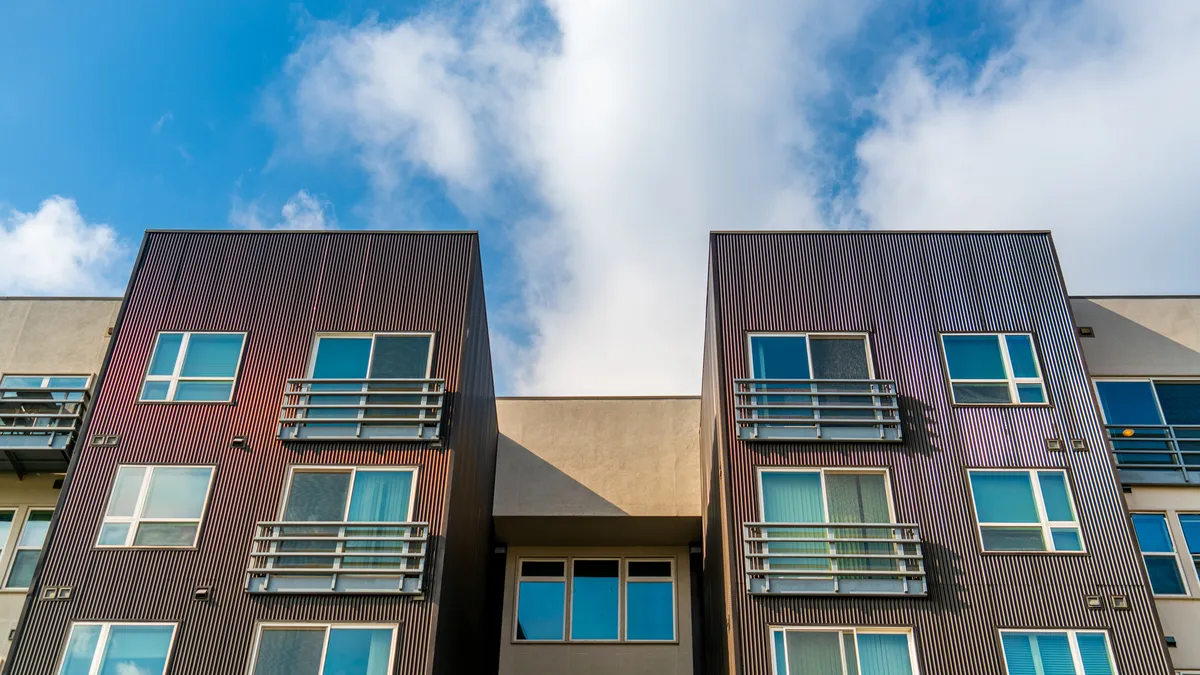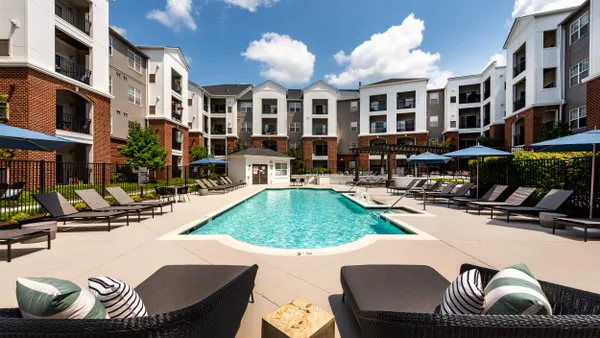Dive Brief:
- The Federal Reserve raised the main interest rate by a quarter percentage point on Wednesday after a two-day meeting, resuming the upward rate momentum after pressing pause on rate hikes last month following 10 consecutive increases, according to CFO Dive.
- Policymakers chose to raise rates to a range between 5.25% to 5.5% — its highest since 2001 — despite signs of slowing inflation.
- The rate hike will put continued pressure on multifamily assets purchased at sub-5% cap rates in 2020 and 2021, according to Venkat Avasarala, founder of Dallas-based owner Stryker Properties. “Many of these properties likely have two- or three-year interest rate caps expiring soon, exposing them to significant negative cash flow,” he told Multifamily Dive.
Dive Insight:
The Fed has covered “a lot of ground, and the full effects of our tightening are yet to be felt,” Fed Chair Jerome Powell said Wednesday during a press conference following the meeting. He reiterated the Fed’s commitment to bringing inflation down to its 2% target while acknowledging the process still has “a long way to go.”
Policymakers landed on the decision despite signs of progress in its most aggressive battle against inflation in 40 years, with inflation in June increasing by 4.8%, the lowest annual rate in over two years, according to the Labor Department.
Powell was non-committal about future rate hikes, with a hike or a hold of the federal funds rate both on the table for the Fed’s Sept. 19 meeting depending on economic data, he said. The point of the June pause was to “slow down the decision cycle,” he said, noting that in September, there will be two additional Consumer Price Index reports, among other economic data for the Fed to draw upon when making its decision.
The decision to hike rates didn’t surprise Jack Weir, president of Palm Beach Gardens, Florida-based Eastwind Development. He told Multifamily Dive that policymakers were in a difficult position because of the fiscal stimulus that entered the U.S. economy in 2020 and 2021.
“I think the Fed needs to lean a little more into the whole quantitative tightening rather than continuing to raise rates,” Weir said. “Part of what they did during the pandemic was they bought a bunch of longer-term treasuries and mortgage-backed securities. And now I think they need to unwind that.”
Distress creeps up
Owners who bought at low cap rates over the past couple of years need certainty, according to Avasarala. The continued rate hikes don’t provide that.
“Without clarity on when rate hikes may pause, it becomes challenging to raise rescue capital or request additional equity from investors already feeling burdened,” Avasarala said. “Prolonged uncertainty could dampen investor sentiment for over-leveraged assets nearing distressed territory.”
Avasarala expects delinquencies and distress to rise rapidly for highly leveraged properties, especially lower-end Class C communities. However, he said borrowers, lenders and regulators are focused on solutions.
“Banking agencies have advised lenders to show flexibility in dealing with stressed borrowers,” he said. “This collaboration to support owners through short-term relief and loan modifications is essential to bridge the gap until conditions improve.”
But this collaboration only works to an extent. “With teamwork between stakeholders, many at-risk multifamily assets can weather the storm,” Avasarala said. “But the Fed must be judicious with further hikes to prevent widespread hardship. Steady progress on inflation alongside proactive relief measures can restore stability.”
If the interest rate hikes don’t stop, Weir potentially sees broader economic problems. “If they keep raising rates like this, you're going to see more dislocations in parts of the economy, and I can't tell you where they will occur,” he said.
Click here to sign up to receive multifamily and apartment news like this article in your inbox every weekday.











